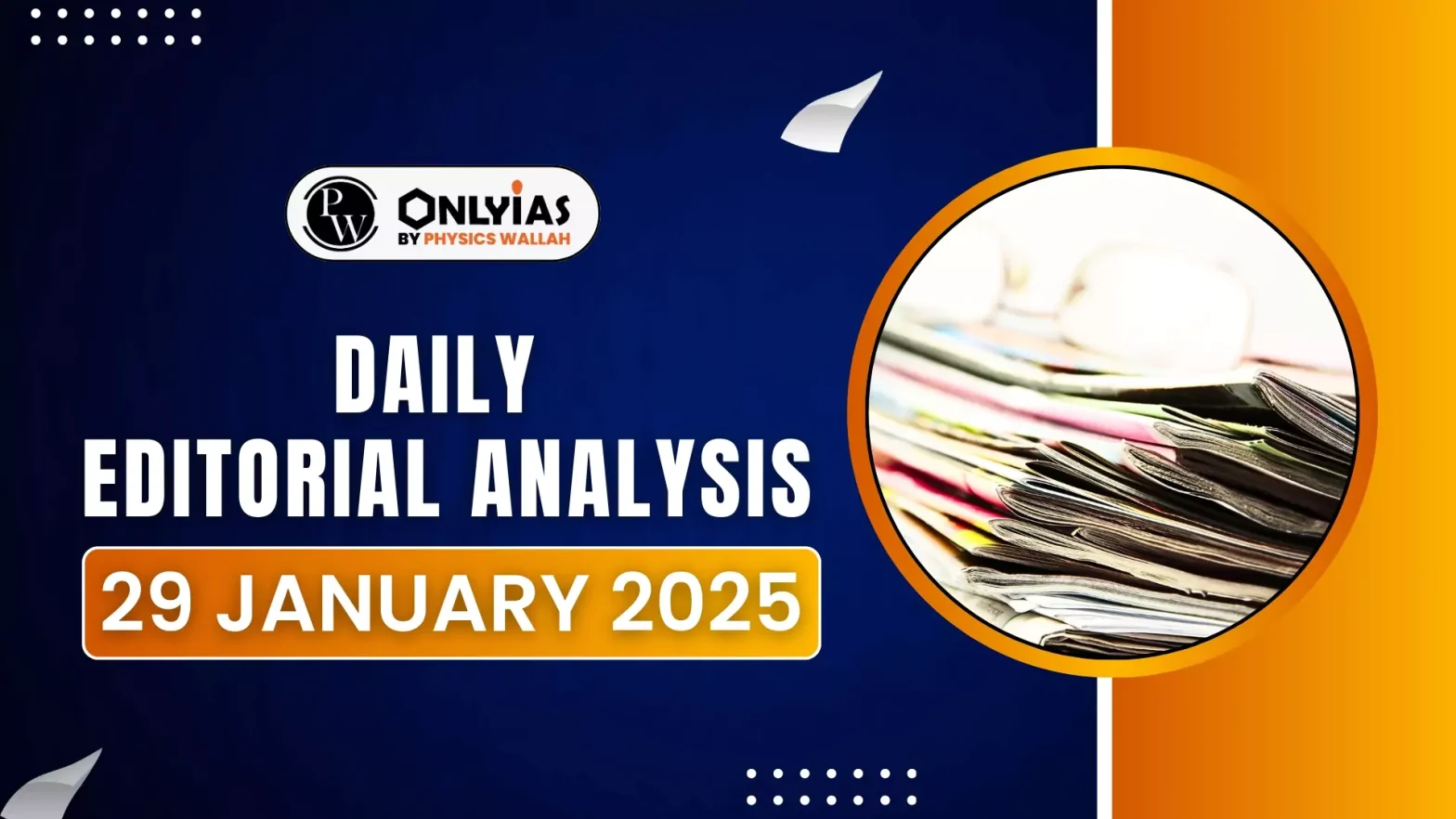The Prime Minister recently inaugurated a direct train service to Kashmir, enhancing connectivity and boosting tourism in the region.
Recent Developments in Indian Railways
- Role of Railways: Indian Railways, the fourth-largest network in the world, plays a crucial role in India’s connectivity, progress, and unity, spanning more than 170 years of legacy.
- Inauguration of Jammu Division: Prime Minister Narendra Modi inaugurated the Jammu Division, addressing a significant regional demand.
- This milestone precedes the first direct train service to Kashmir in six decades, enhancing connectivity.
- Economic Boost: The 70th railway division under Northern Railways is set to energize the region’s economy.
- New Zone: The foundation stone for the South Coast Railway Zone’s headquarters was laid, marking the 18th railway zone.
- This zone is expected to foster growth in local sectors and boost the region’s economy.
Enroll now for UPSC Online Course
Strategic Decisions of Indian Railways
- Recommendations of Bibek Debroy: The recent decisions align with the 2015 Railway Reforms report by economist Bibek Debroy, which recommended empowering field officers, General Managers, and Divisional Railway Managers.
- The government has implemented most of these suggestions, including creating a new division and zone to enhance the railways’ competitiveness.
- Gati Shakti Vishwavidalaya: The establishment of Gati Shakti Vishwavidyalaya aims to advance infrastructure development and foster innovation in logistics, transportation, and supply chain management
- Technological Integration: Projects like Vande Bharat trains, KAVACH safety system, and the Rashtriya Rail Sanraksha Kosh (RRSK) focus on technological advancements and safety, with a funding commitment of Rs 1.45 lakh crore,recently extended with an additional Rs 45,000 crores for 2022-23.
Challenges associated with Indian Railways and Logistics
- High Logistics Costs: India’s logistics costs are significantly higher than global standards, with an increase in efficiency required.
- According to the Economic Survey 2022-2023, logistics costs in India are between 14-18% of GDP, compared to a global benchmark of 8%.
- Low speed: The average speed of trains is well below global benchmarks. Superfast trains average 55 km/hr, while freight trains struggle with speeds as low as 13-15 km/hr.
Achievements of Indian Railways
- Improvement in Logistics performance: While India has jumped up the rankings on the World Bank’s Logistics Performance Index from 54 in 2014 to 44 in 2018 and up to 38 in 2023, there remains a competitive gap of almost $300 billion (Rs 26 lakh crore).
- This is a significant improvement, as India has moved up six places from 44th in 2018 and 16 places from 54th in 2014.
- Operational Improvement: Indian Railways has taken commendable strides in this direction through track electrification, improvement in digital logistics systems, and enhancement of freight handling.
- Modernisation of Freight terminals: While Indian Railways has done a commendable job modernising freight terminals and expanding its freight network, there is still room for improvement to make rail transport the preferred choice for logistics.
Way Forward
- Reducing Cost: Reduce logistics costs by increasing rail share for bulk commodities, expanding terminals, and improving last-mile connectivity.
- Freight Cost policy: A policy to protect freight customers from cross-subsidisation and improve operational cost efficiency will also be pivotal in achieving global standards.
Cross Subsidisation:
- Cross-subsidization in railways is when the Indian Railways (IR) uses the profits from freight traffic to subsidize passenger services.
- This means that IR charges more for freight to pay for lower fares for passengers.
|
Check Out UPSC CSE Books From PW Store
- Improving Infrastructure: Improve terminal infrastructure, increase asset reliability, and reduce detentions to raise speed by 7-10 km/hr.
- Increasing Railways’ Share in Logistics: Indian Railways accounts for 27% of India’s logistics market. Increase rail’s share by making it the preferred logistics mode through competitive pricing and continuous infrastructure investments.
- Cost Effective: Consistently keep rail freight charges cost-effective compared to road transport.
- Logistics Ecosystem: With modern infrastructure and safety systems, railways play a central role in India’s logistics.
- 3 S Strategy: To maintain growth, focus on increasing Share, Speed, and reducing Service costs. This will continue to transform Indian Railways into a key enabler of connectivity and logistics, supporting India’s sustainable economic growth.
Conclusion
This progress reflects India’s efforts to enhance its logistics infrastructure, yet further action is required to bridge the remaining competitive gap.
Ready to boost your UPSC 2025 preparation? Join PW’s UPSC online courses today!
![]() 29 Jan 2025
29 Jan 2025

